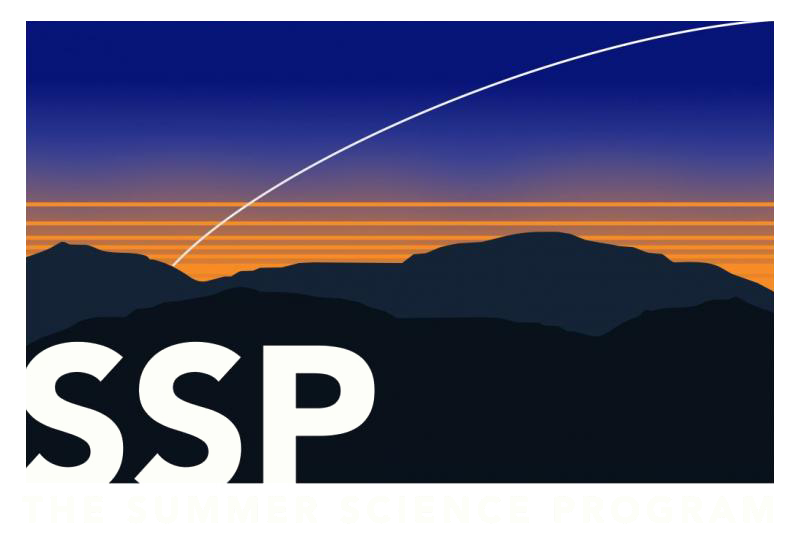I woke up just 20 minutes before another lecture and dragged myself over to Herty Hall. Yesterday, we spent a grueling 3 hours diving into electricity and magnetism, which left my brain fried. Fortunately, today our academic director, Dr. D, granted us the entire morning to focus on our coding assignments—a much-needed break.
Over the past two days, I’ve been tirelessly working on the coding assignments. One of the codes, OD 4, involved a daunting task: calculating an ephemeris. This particular task required me to determine the right ascensions and declinations of a test asteroid. The coding process itself was intricate, taking a solid 2–3 hours to complete.
Initially, I employed Newton Raphson’s methods to compute the eccentric anomaly. From there, a series of rotations using matrices eventually positioned the asteroid relative to the equatorial plane. Finally, after a concentrated effort lasting several hours, I completed my ephemeris code around 11 a.m.
The afternoon lecture promised another intellectual rollercoaster as we delved into the nuances of special relativity and Einstein’s revolutionary postulates. Like the morning’s lecture on electricity and magnetism, it left my brain feeling thoroughly fried.
After a quick dinner break, I found myself back at Herty Hall, tackling yet another coding challenge—this time using Gauss’s method to pinpoint the distance between Earth and the test asteroid.
With assignments piling up, each one more challenging than the last, there was no respite in sight. PSET problems felt like scaling Everest, particularly PSET #7, which introduced me to entirely new material.
But I persisted, pouring hours into coding and problem-solving late into the night. As the evening wore on and our next day’s field trip loomed, I reflected on the relentless but rewarding grind of academia.
-Michael N


